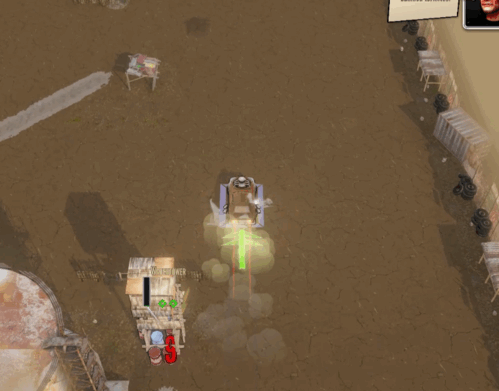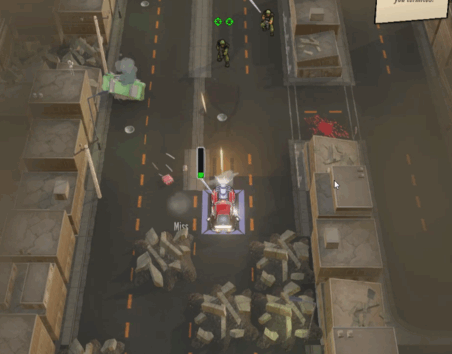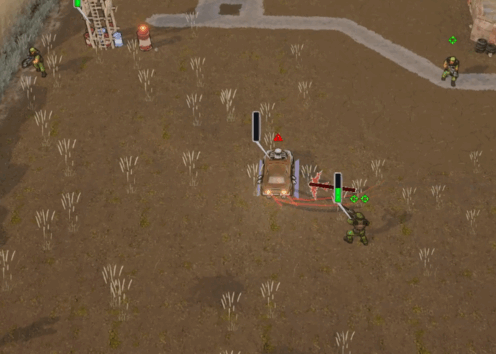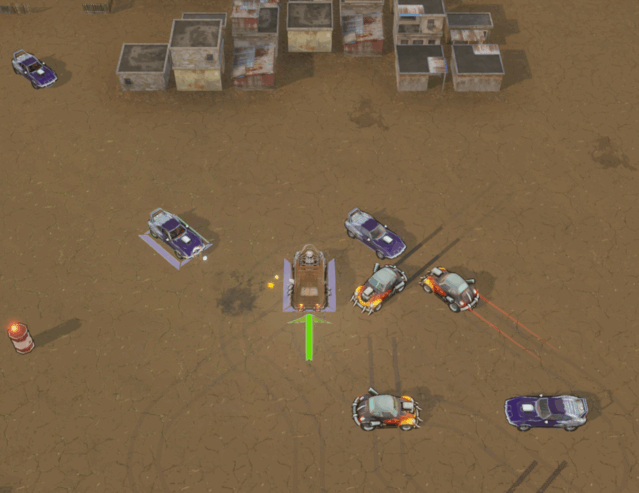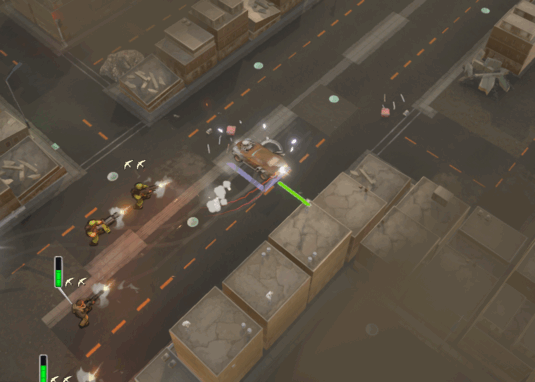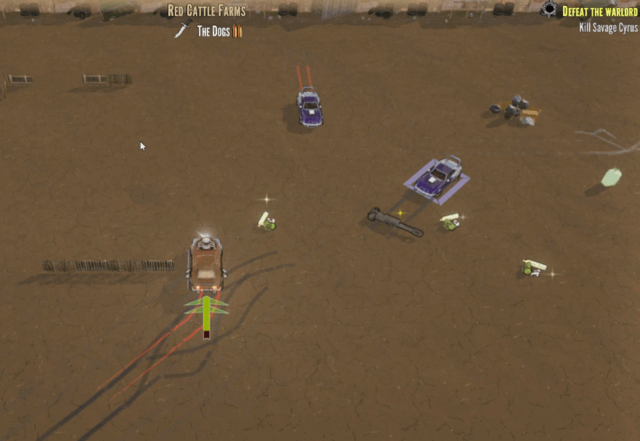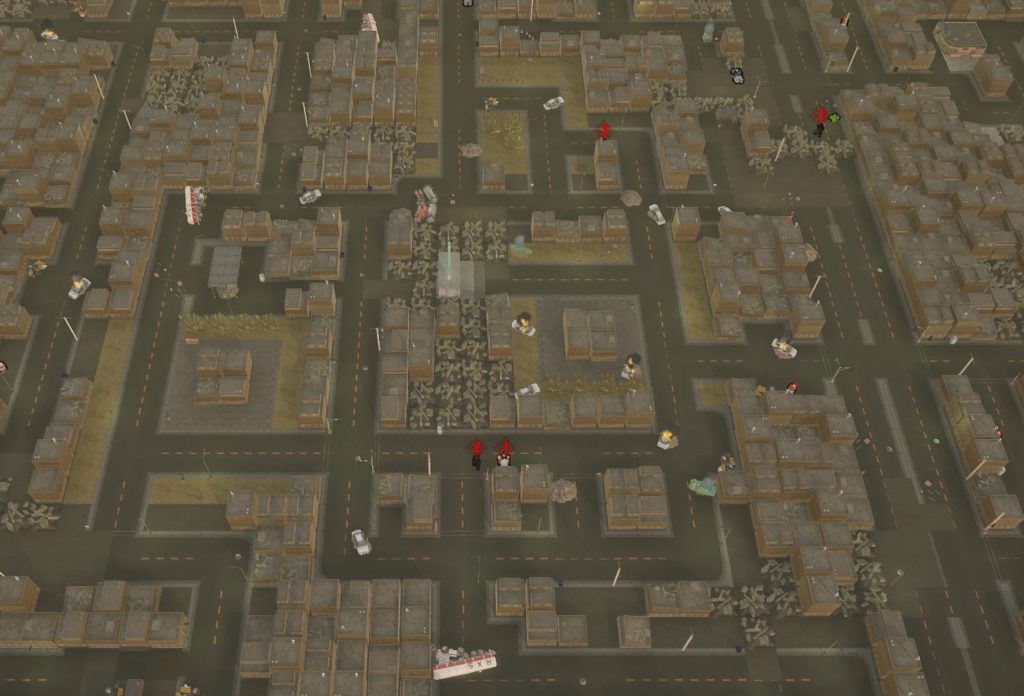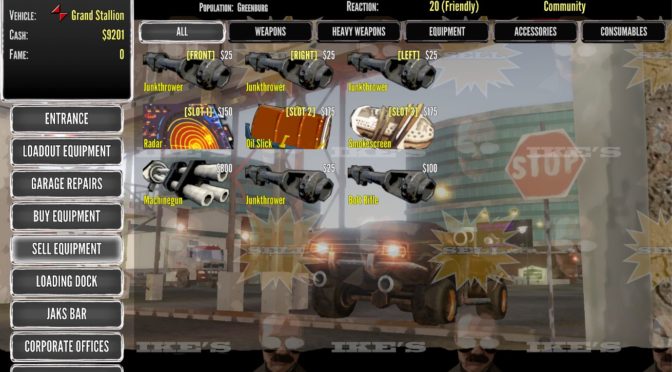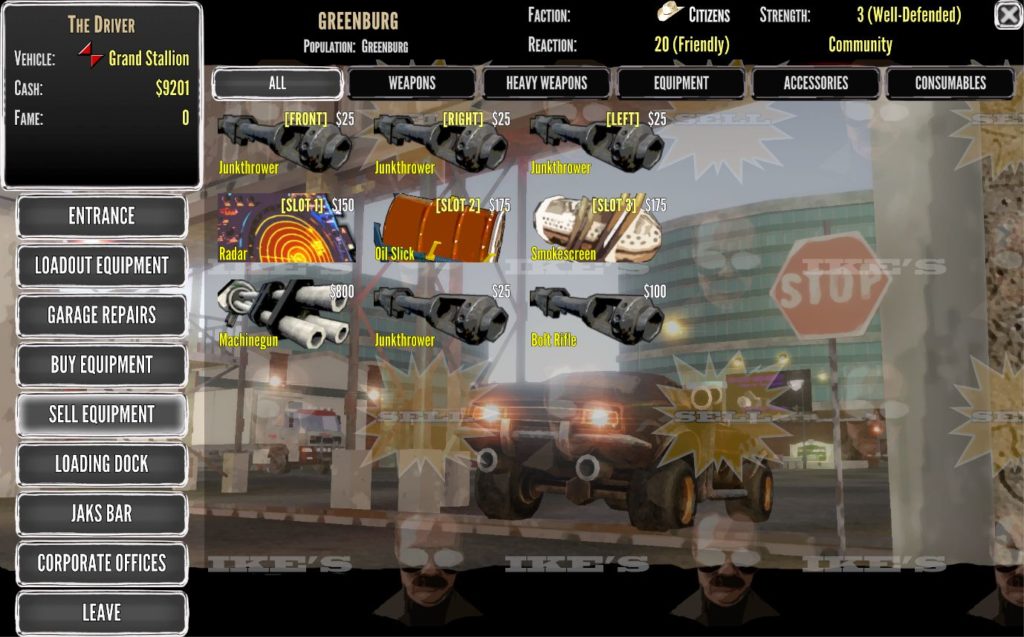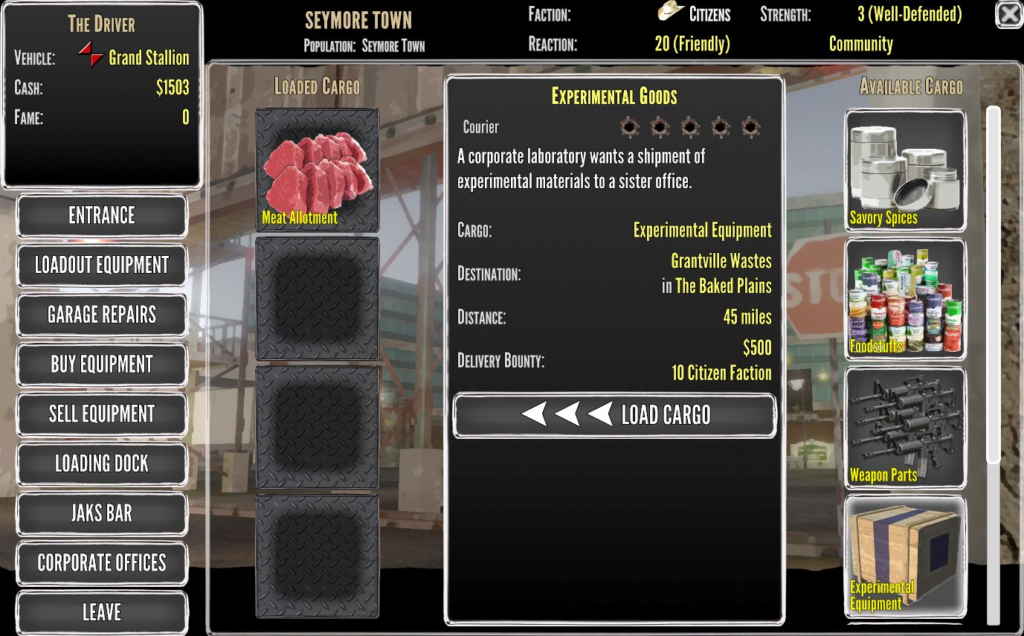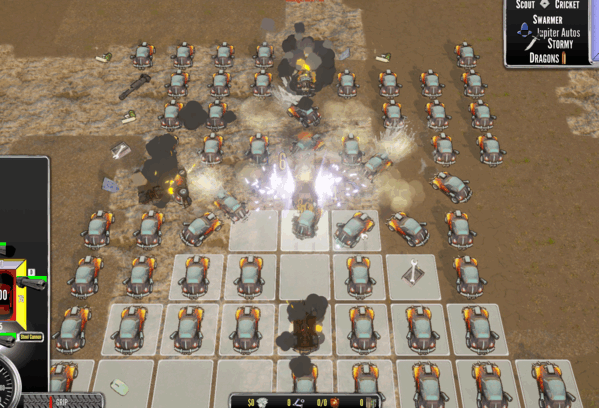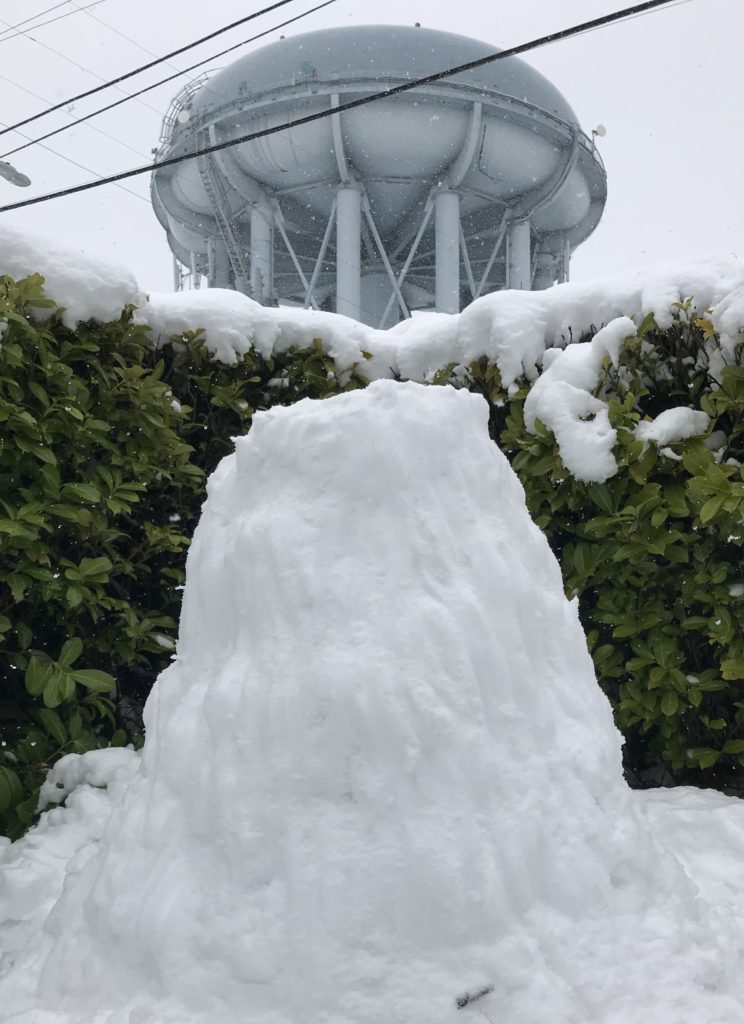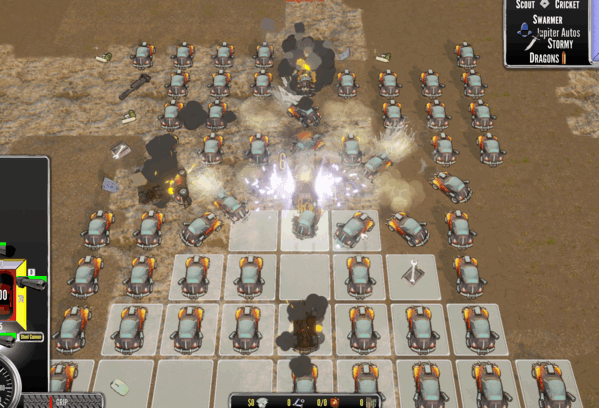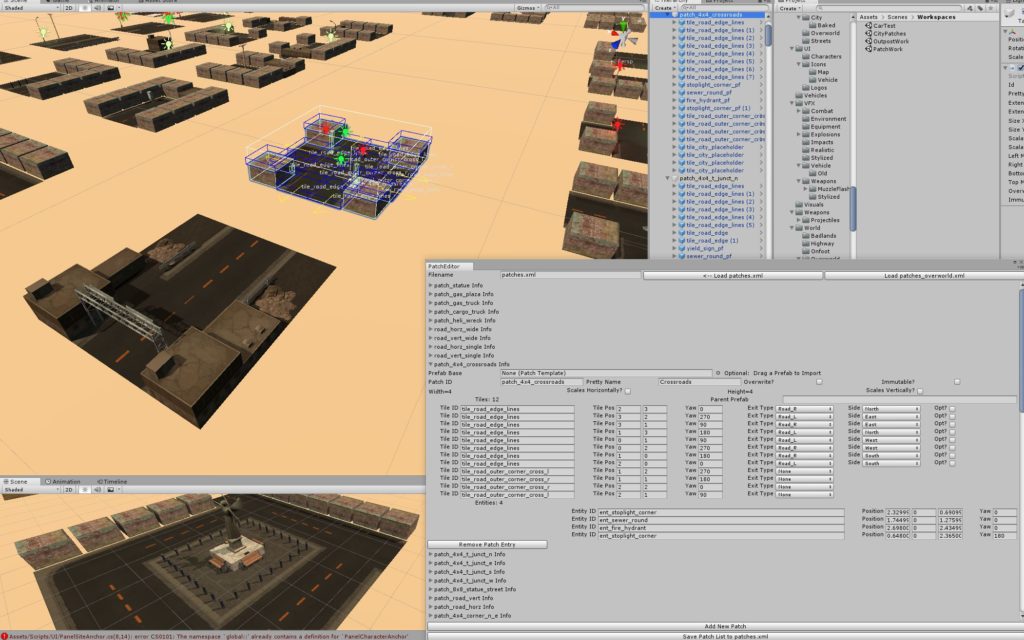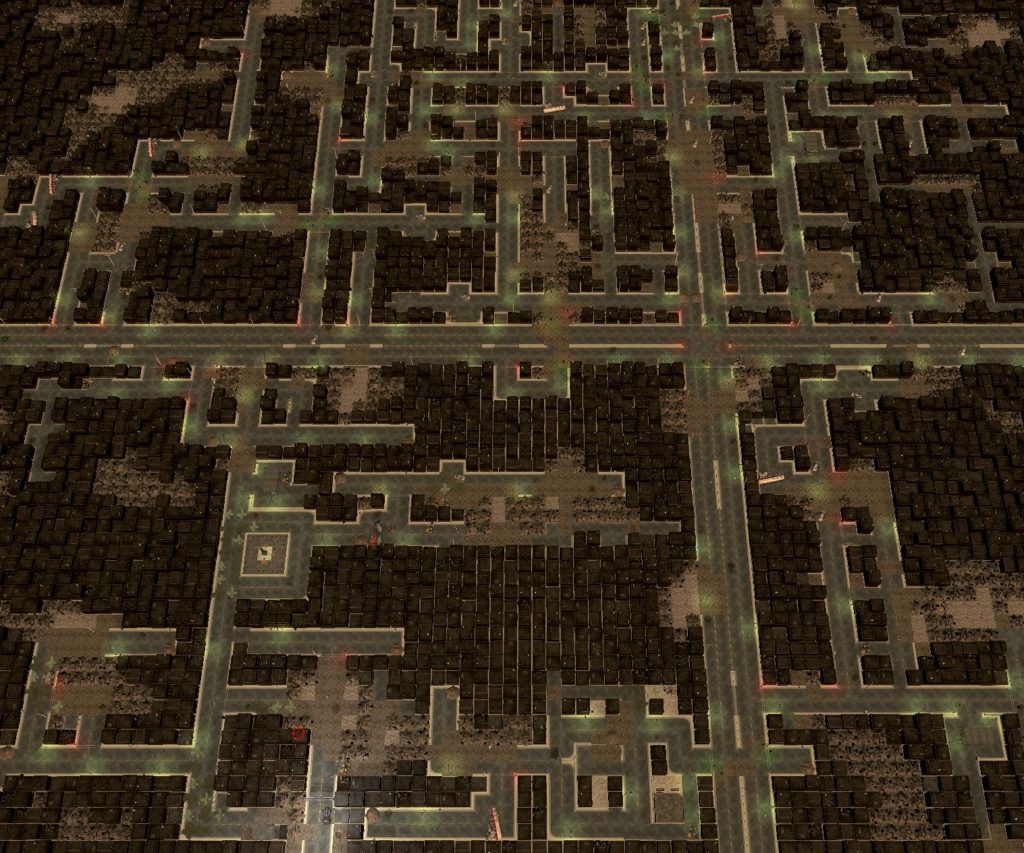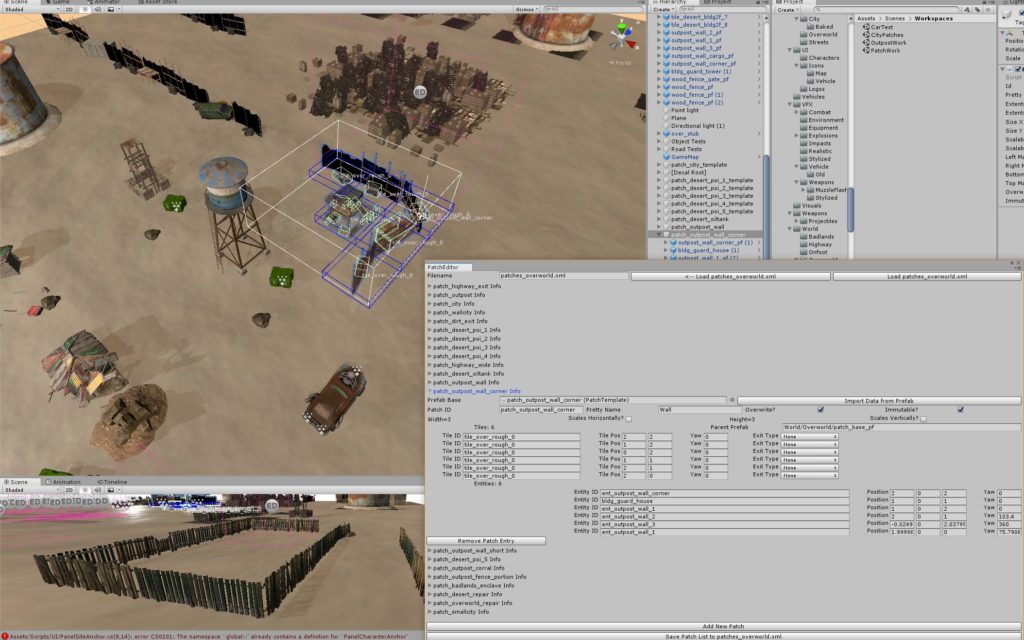I’ve been laying the foundation for a trailer over the last couple weeks, so most of my progress in Auto Fire has come in the form of cleanup, although there are a few gameplay tweaks, mainly to make that early experience a bit better. On the upside, there are less-soldier-y gang members, a cleaned up HUD, some new lighting and vehicle trails, check it out.
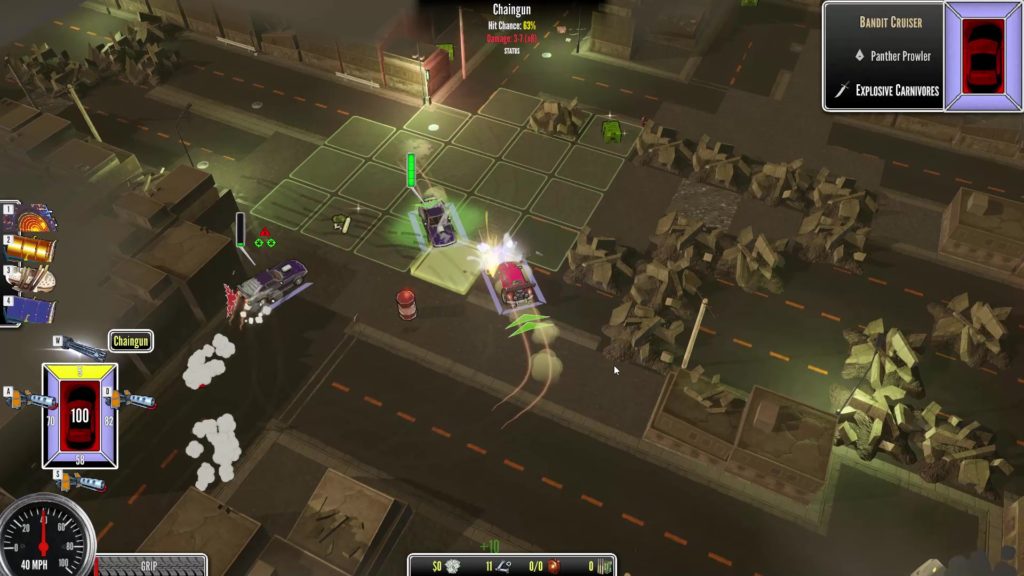
Starting next week, I’ll be able to work on Auto Fire full-time for a while, so prepare for some meaty updates. The goals are to significantly improve the player movement, reveal more options when driving, and fleshing out systems that have only been teased, like a more alive overworld.
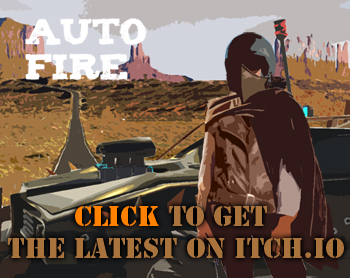
See you on the road!
Changes
- General
- Upgraded to Unity 2019.1, which seems to have gained a little performance.
- UI
- Cleaned up UI
- The equipment quotes in the info popup are now aligned correctly
- Revised weapon icons
- Revised window frames, etc.
- Removed the skid meter behind the car, since it didn’t look great.
- The player can turn the skid meter on or off in the options screen
- Remove random encounter dialogues until they are ready.
- Visuals
- Revised the road decals to make for softer edges
- “Soldiers” are now desert warriors
- Foot gangers now use the proper pose to match the weapon they are wielding.
- Added headlights to the player car when in a ruined city
- Lowered overall brightness of the city map, so that the light sources could stand out.
- Increased the light brightness for streetlights and barrels and fire.
- Revised the trails from the taillights of vehicles entirely. They use a new system that makes them very smooth.
- Improved the detection of offroad when a vehicle is driving, for visuals and gameplay ramifications
- Audio
- Gangers now use battle cries rather than military radio transmissions when they spot the player
- Vehicles now rev their engine instead of honk when the spot the player
- Balance
- Improved the visibility of enemy cars (they were very short)
- Increased the range of junkthrowers since they were still kind of frustrating to use.
- Adjusted population cap to accommodate new fuel dumps and watchtowers.
- Fuel dumps are now guarded by flamer gangers

